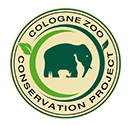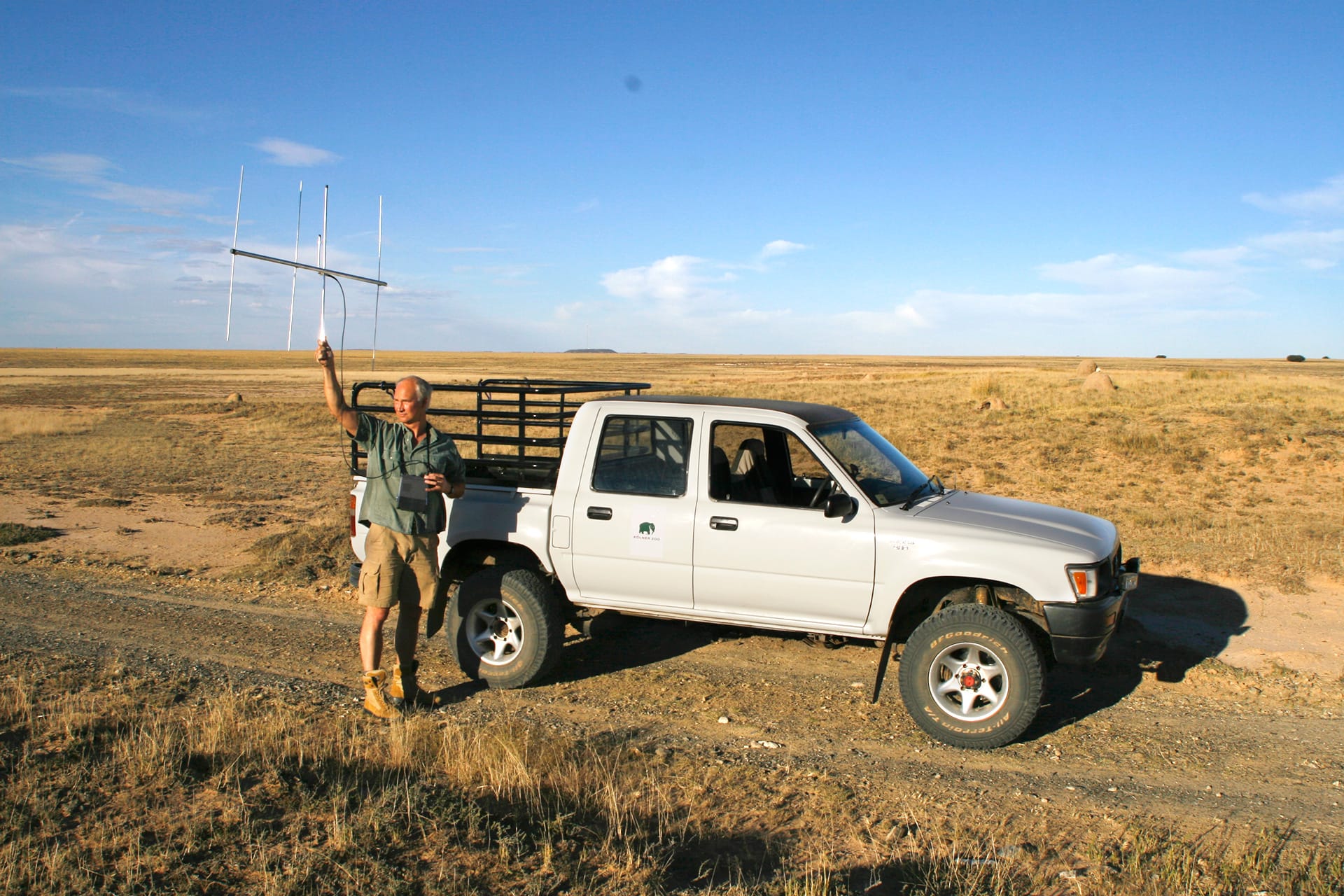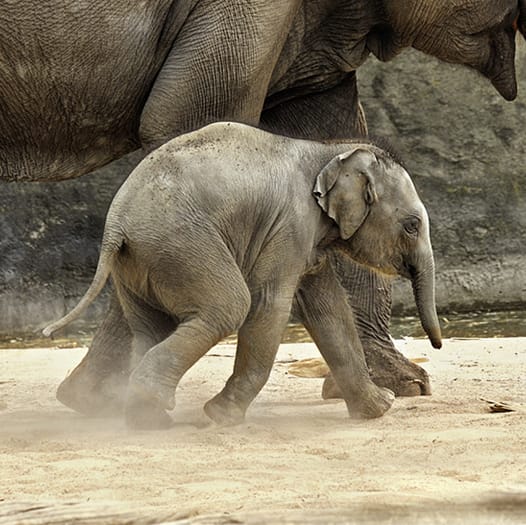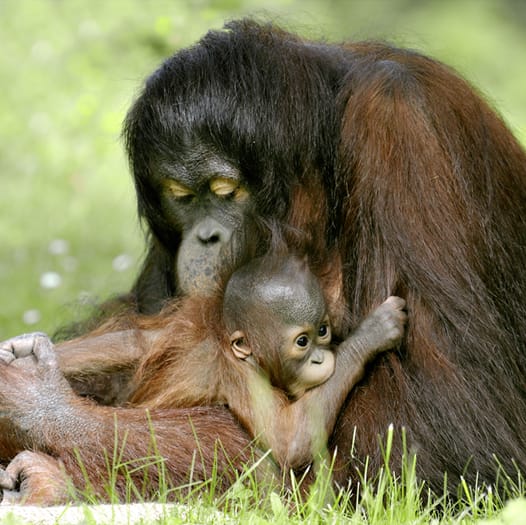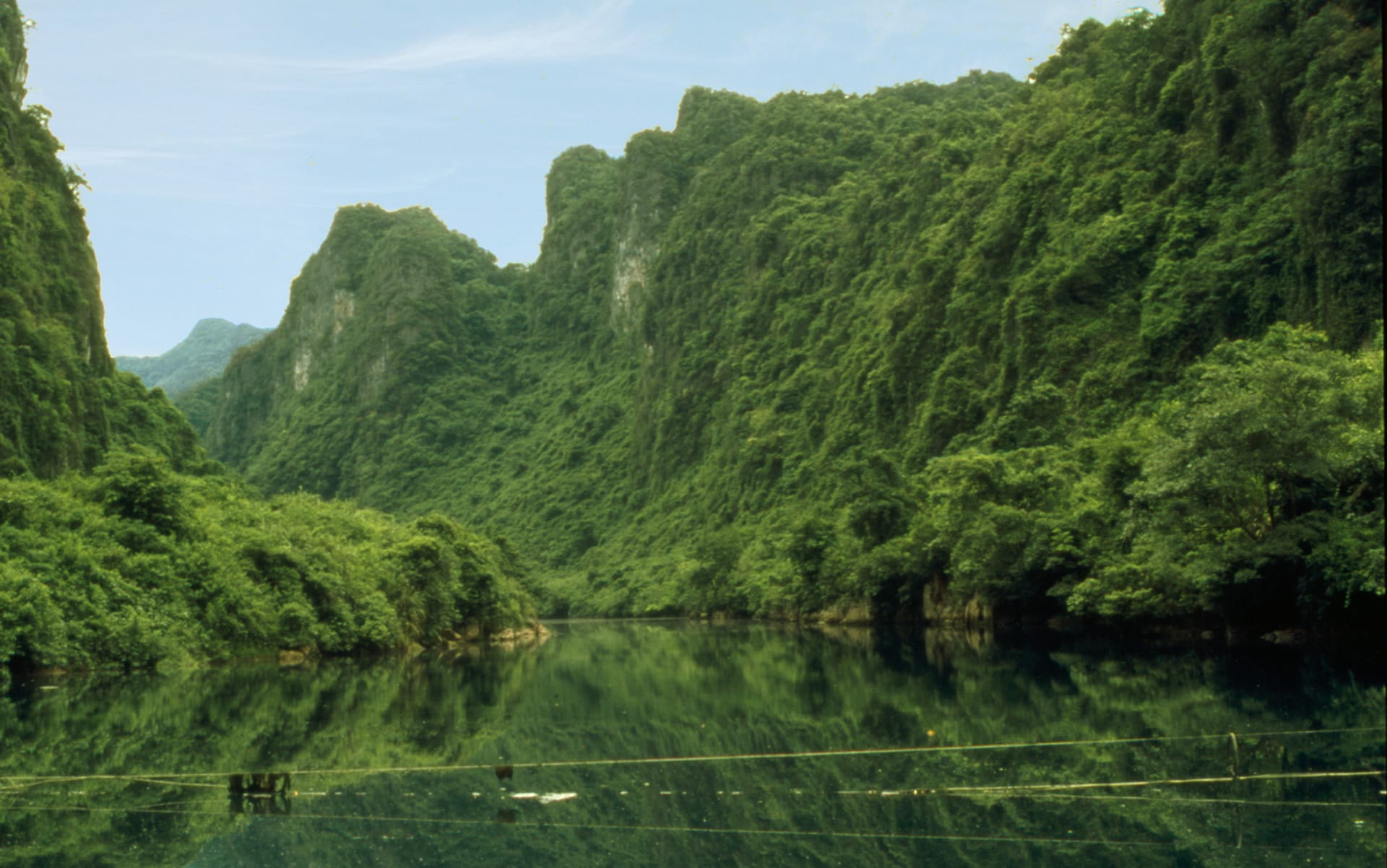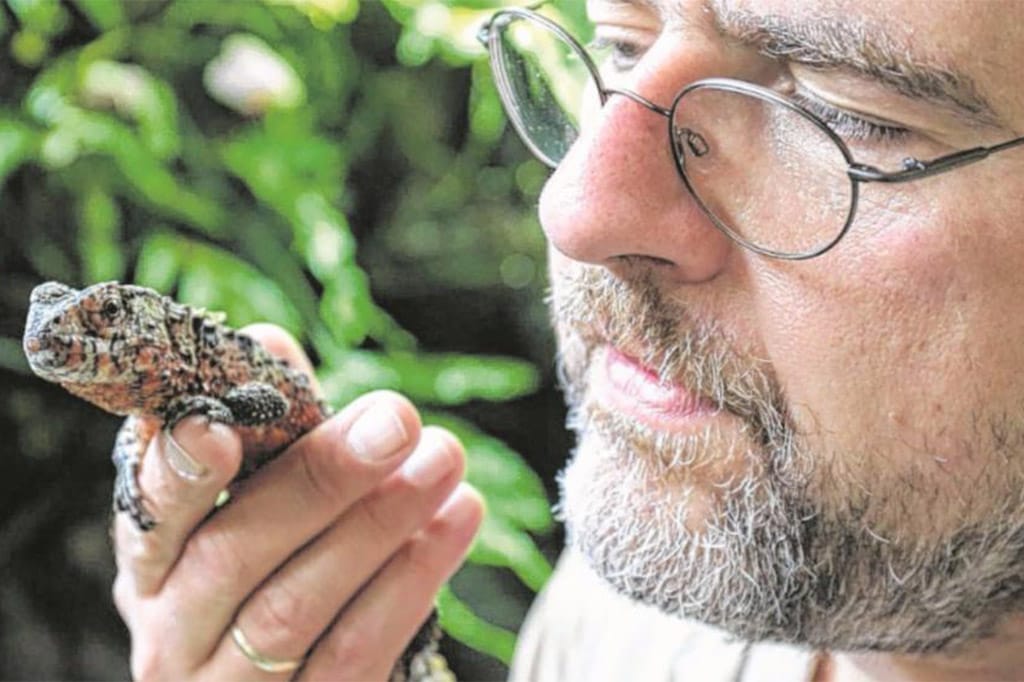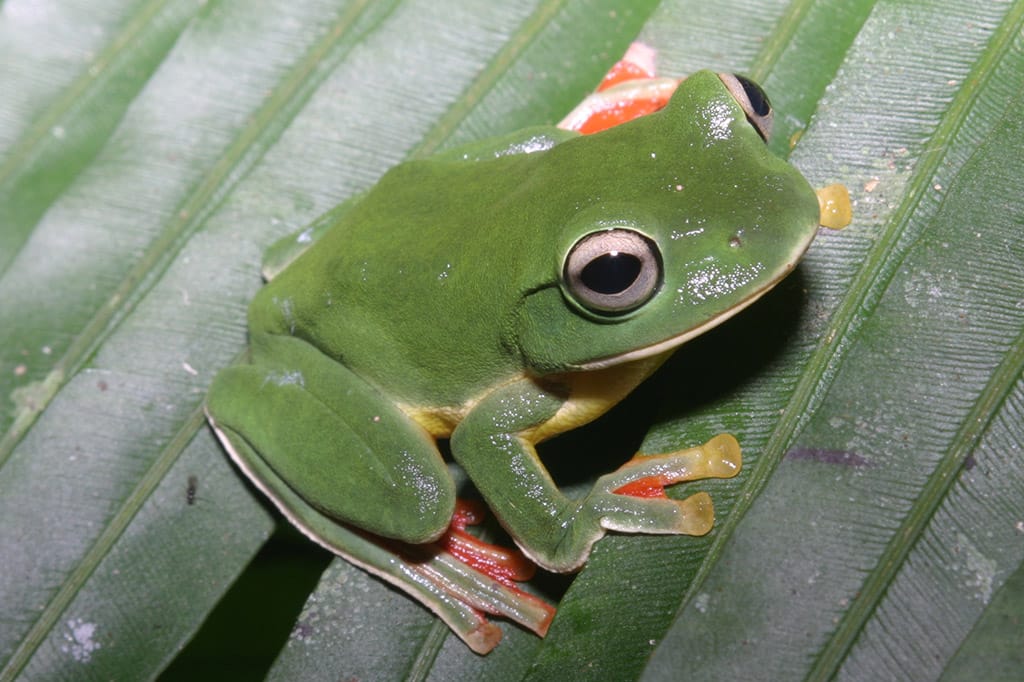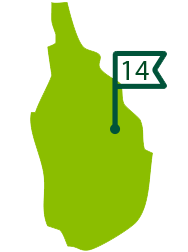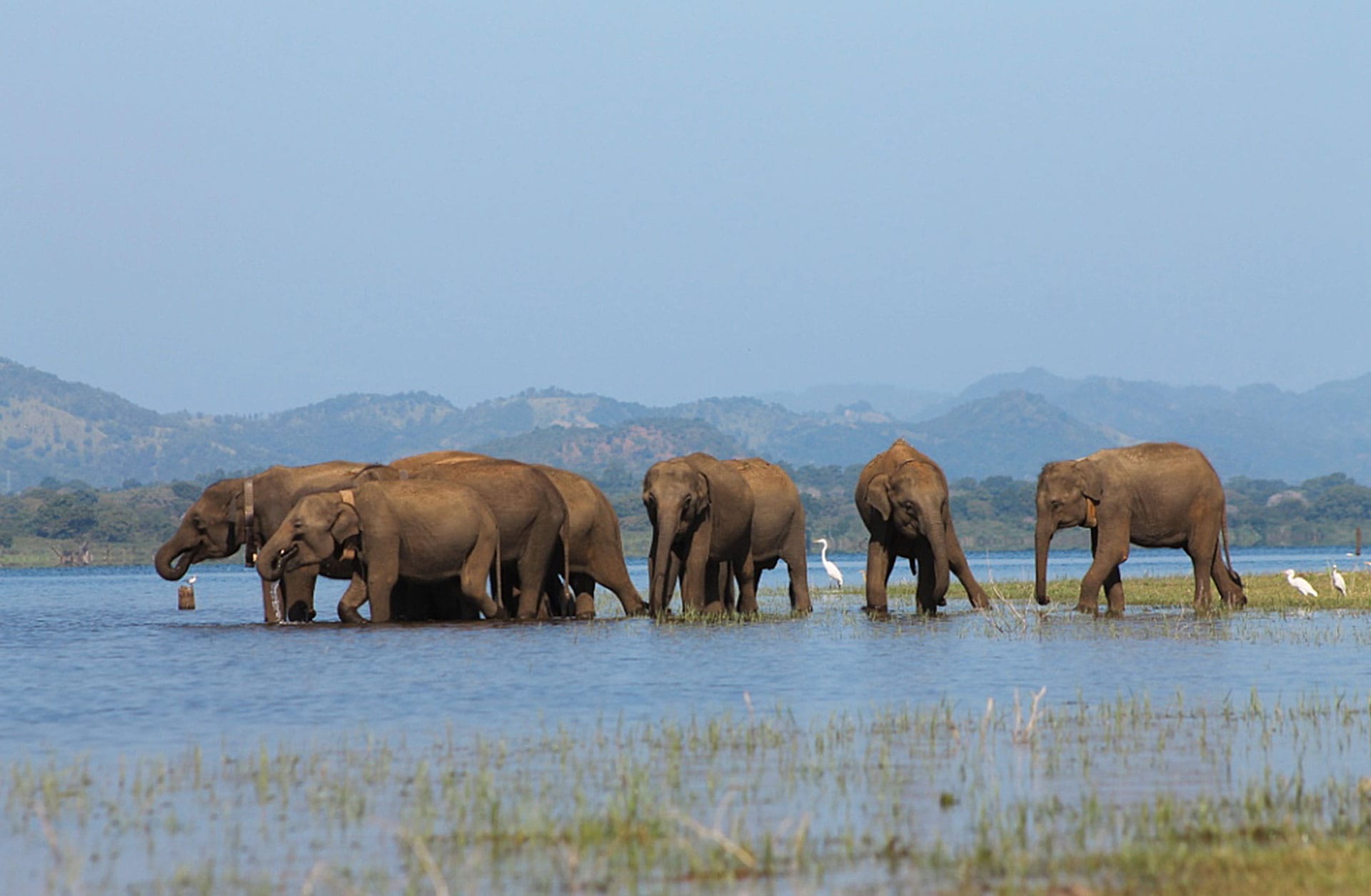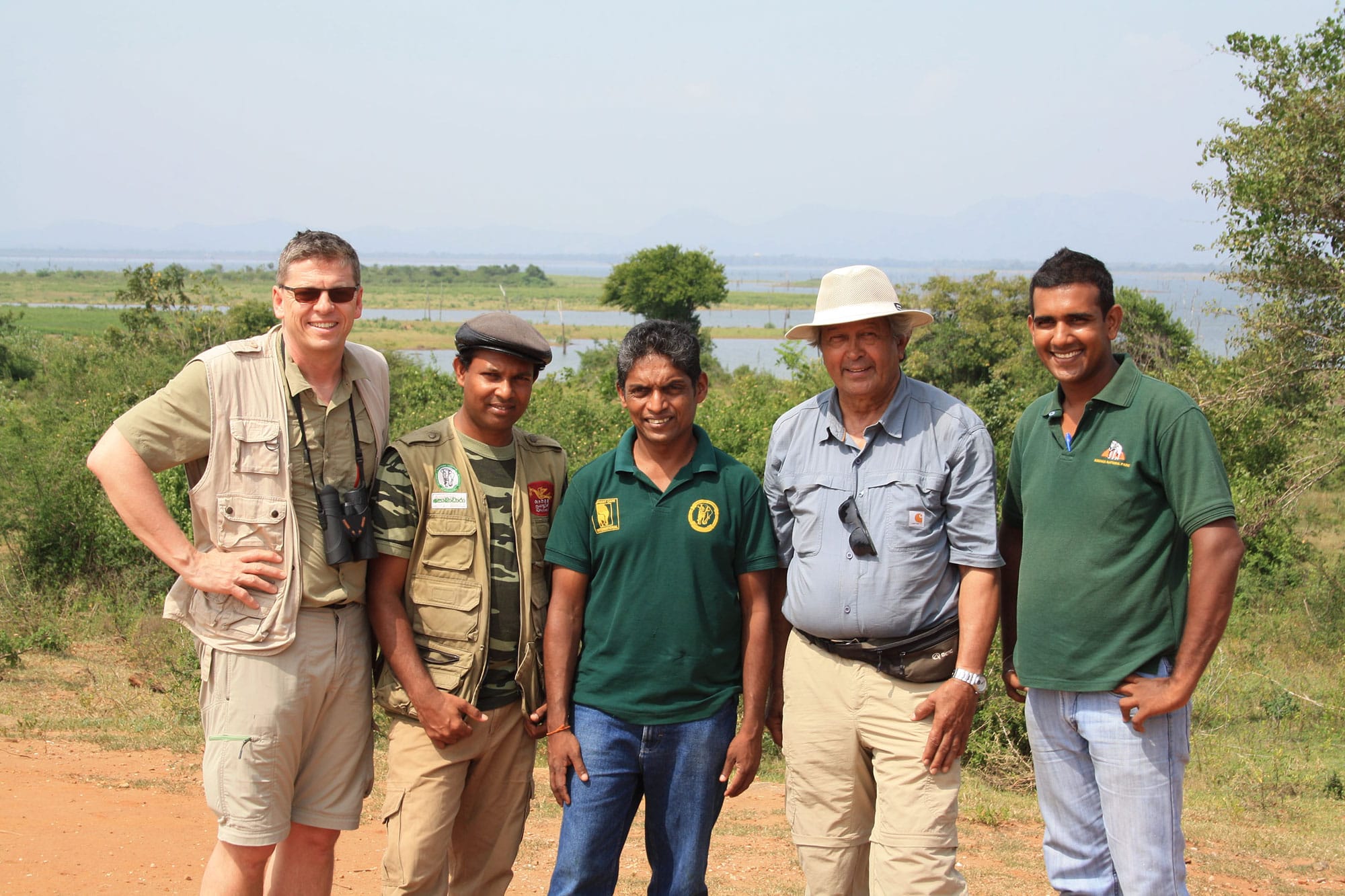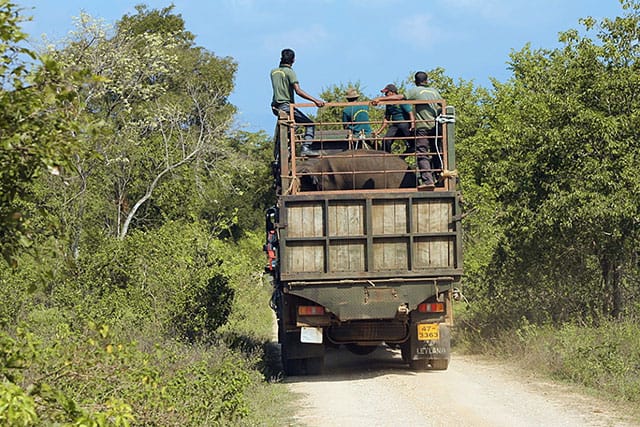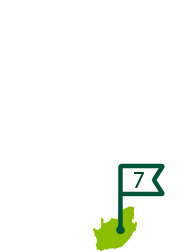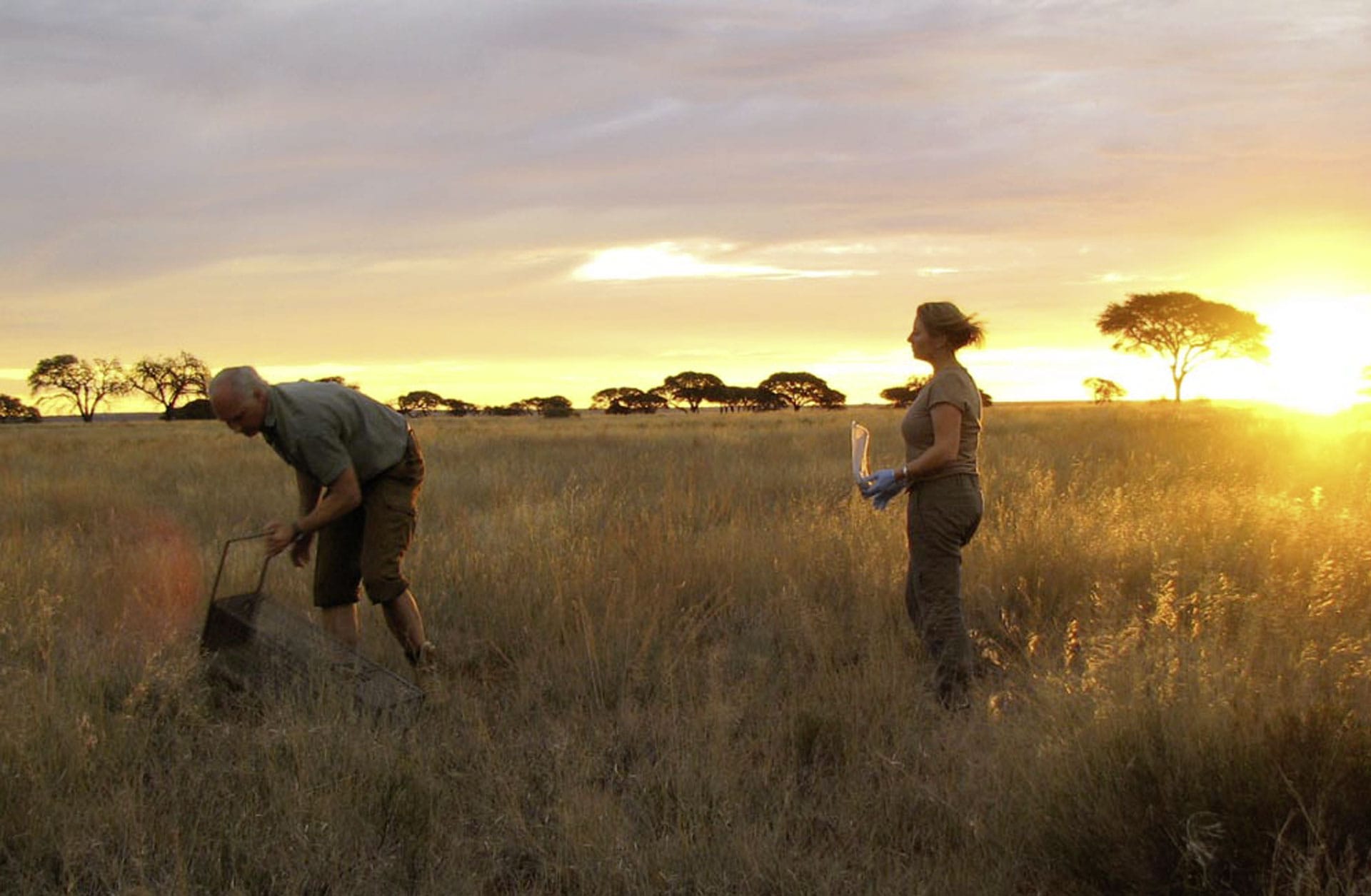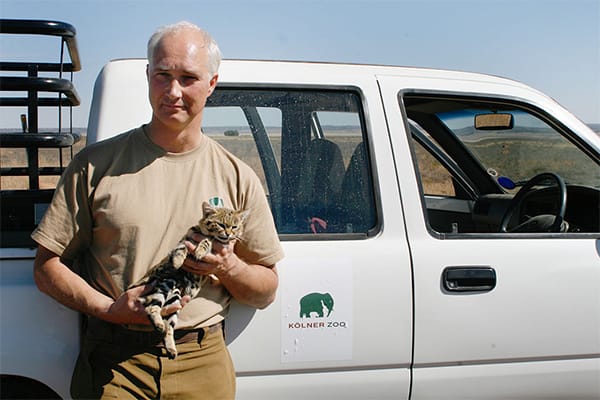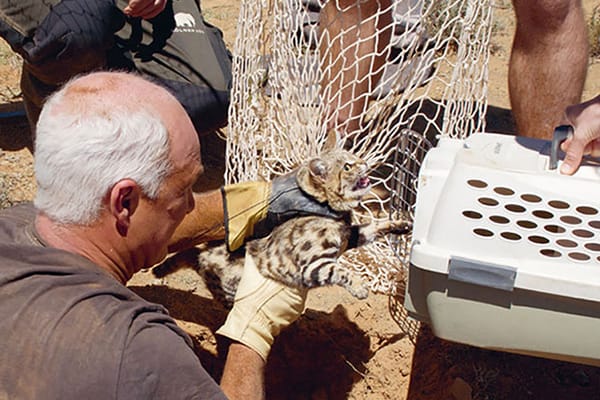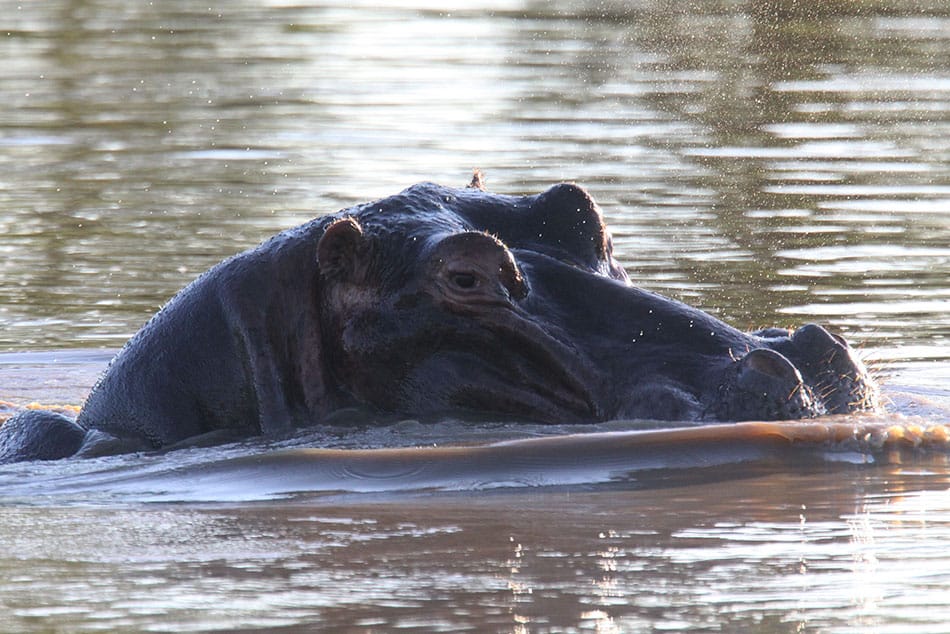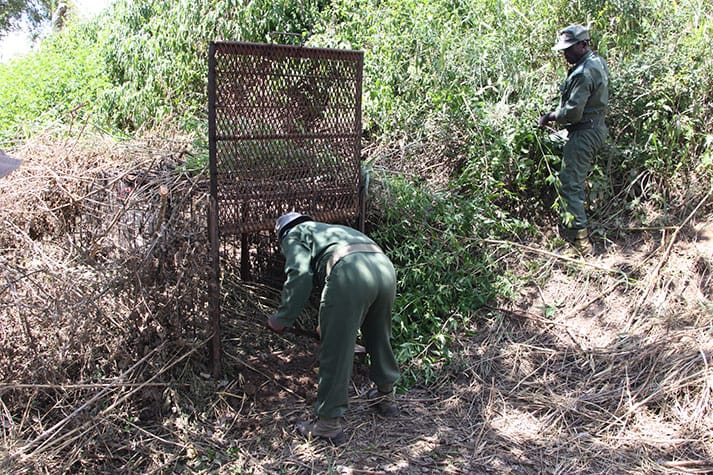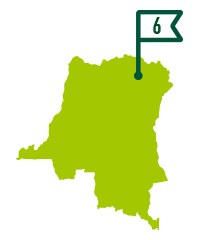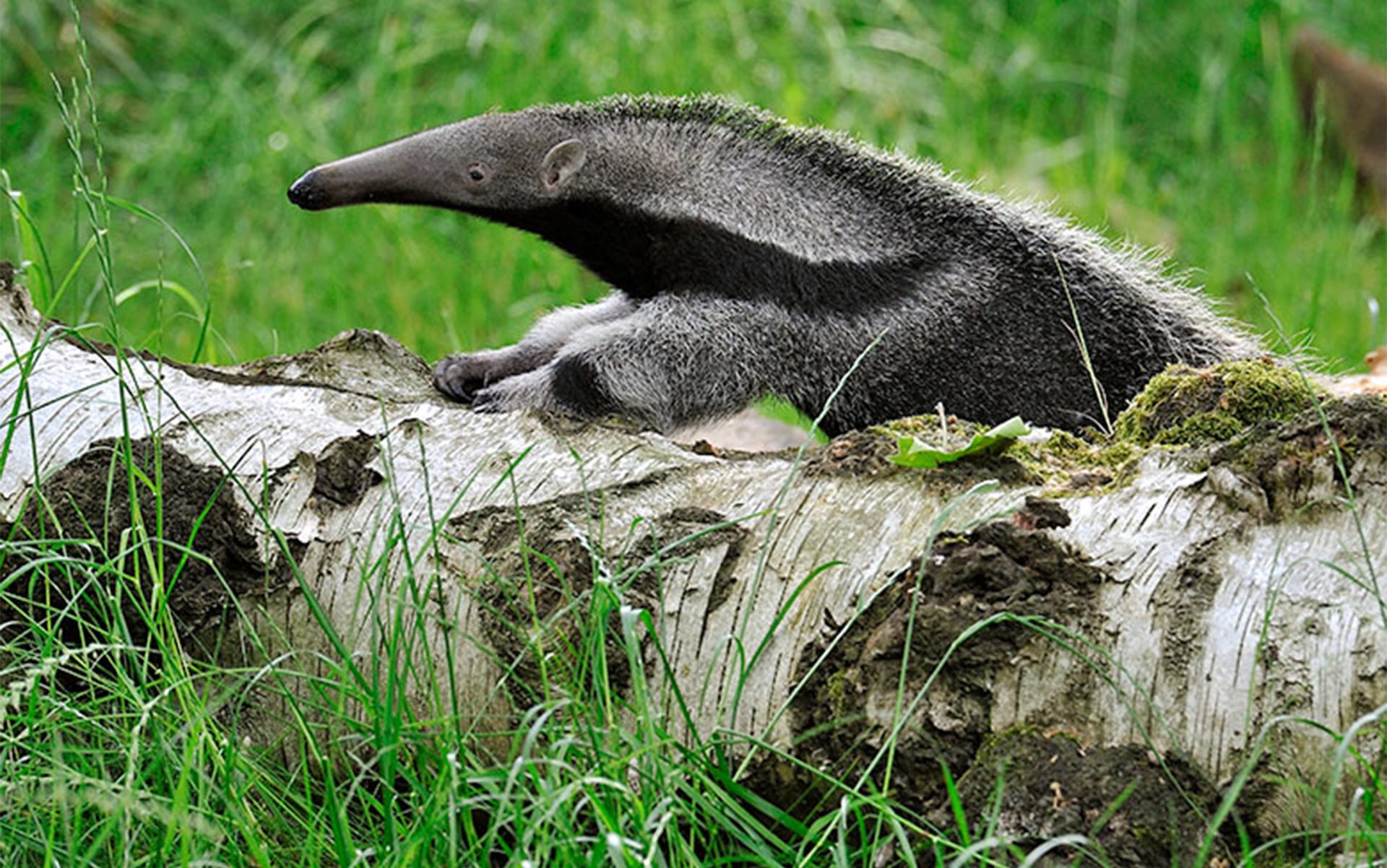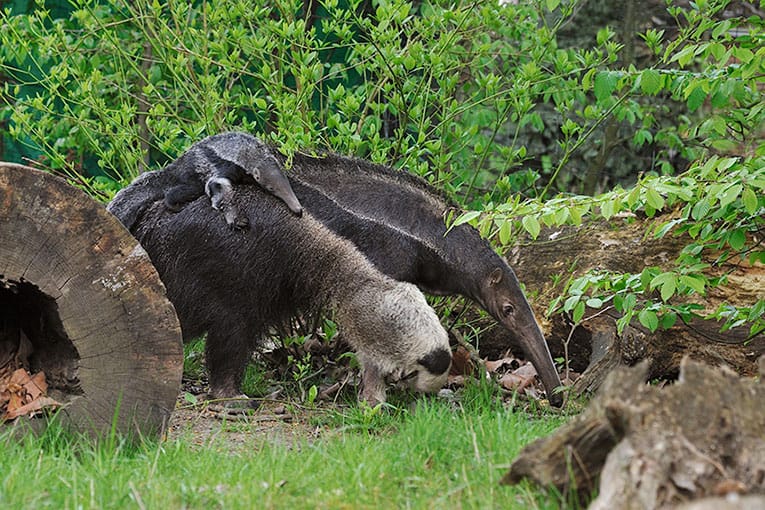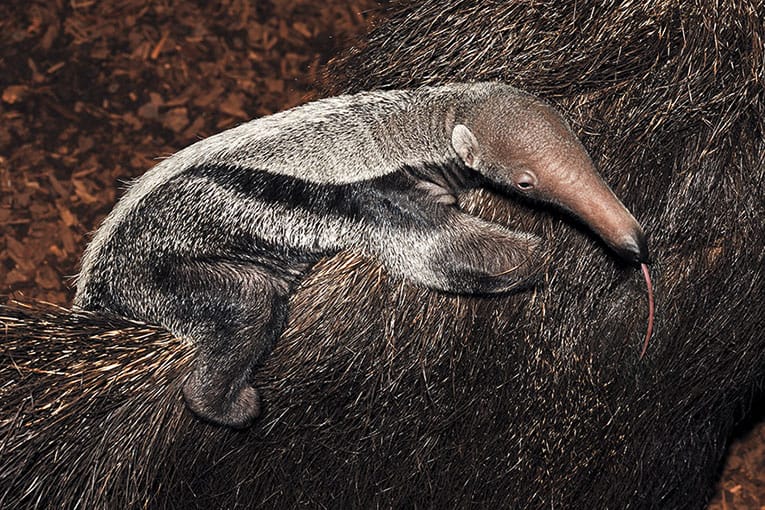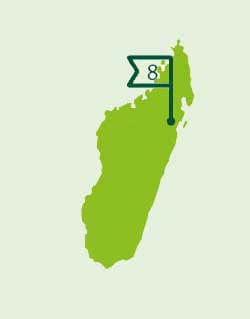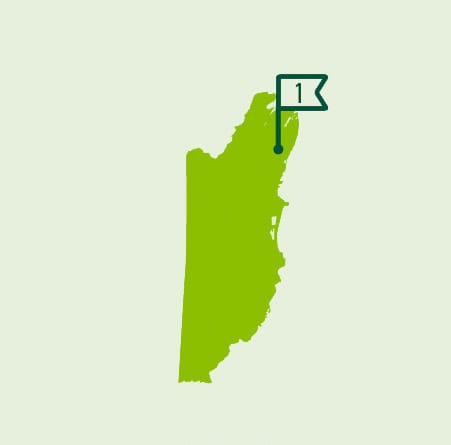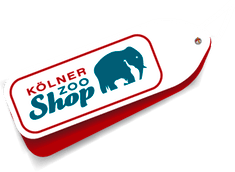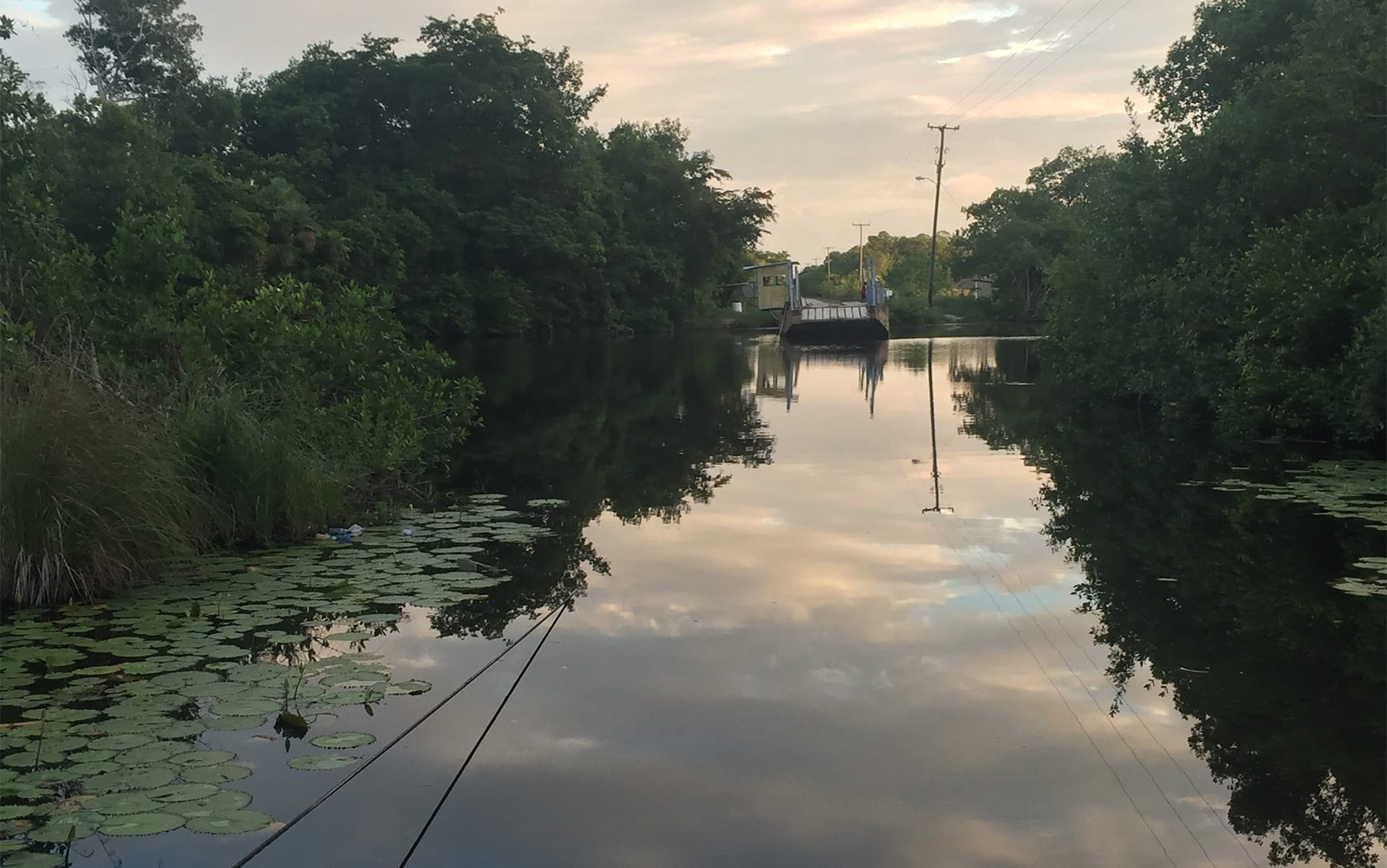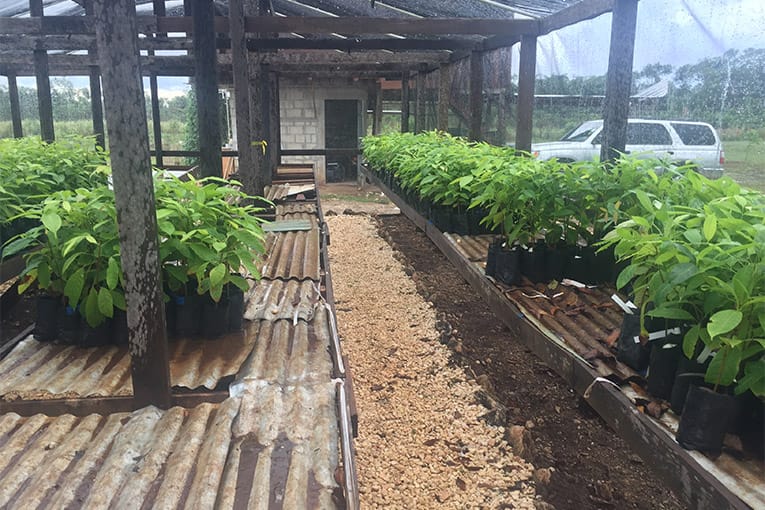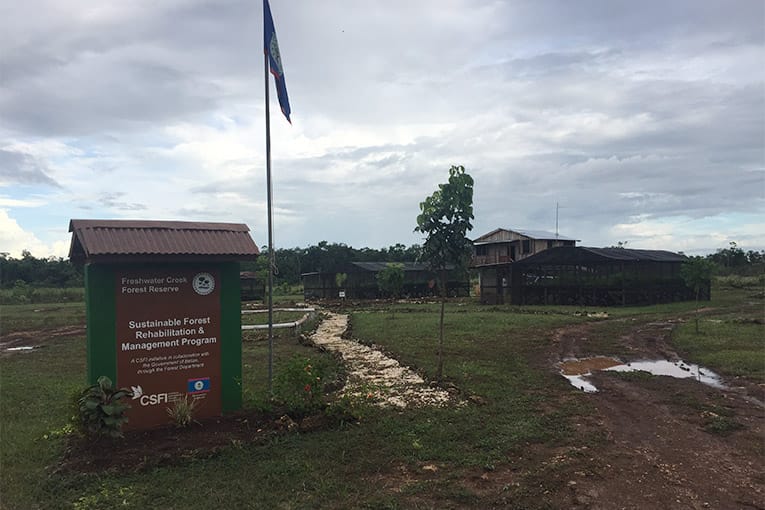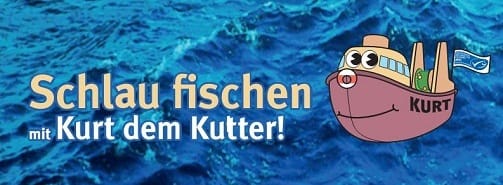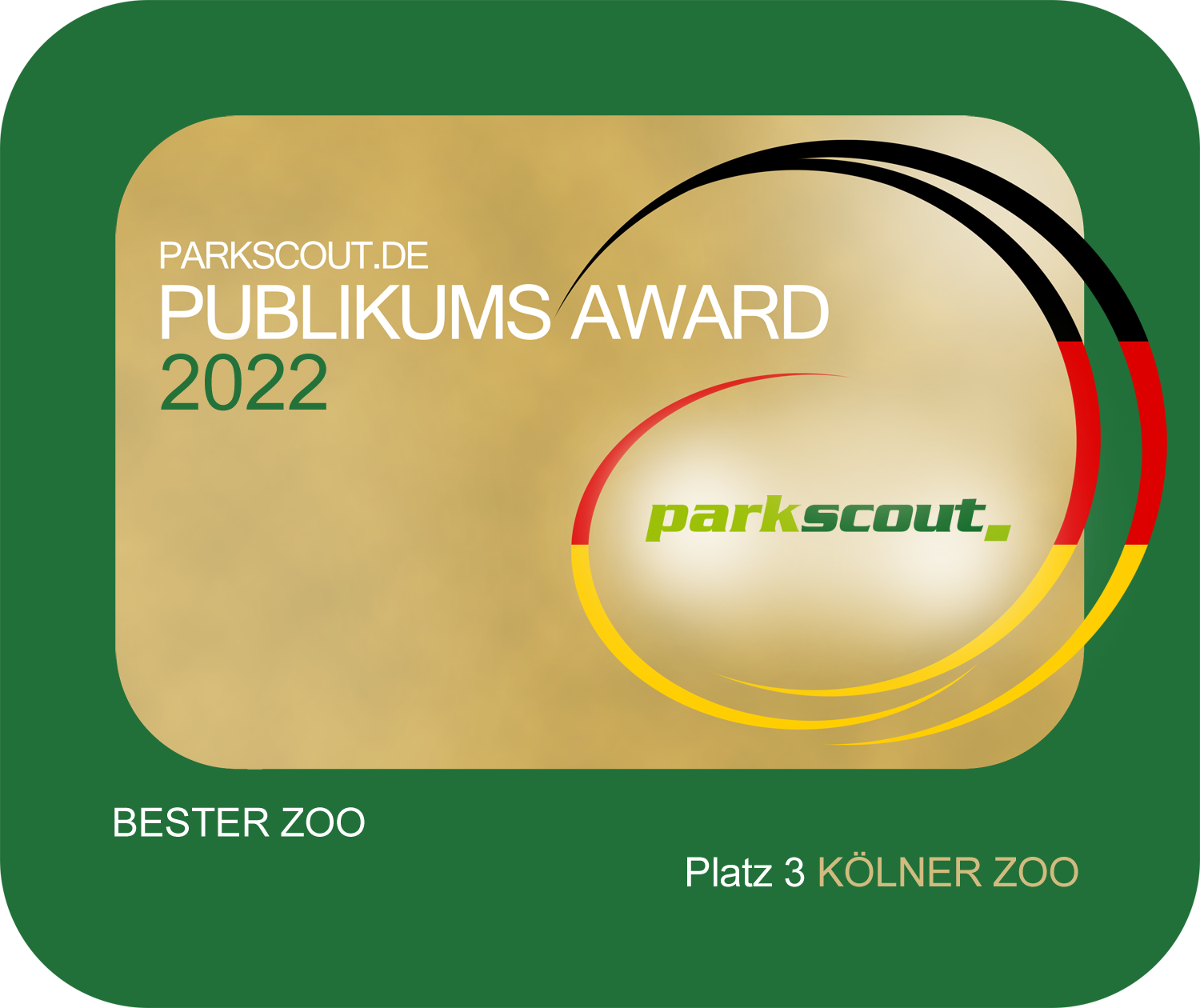Köln Hayvanat Bahçesi'nin Nişanı
Bir dizi projeyi kendi başımıza yönetiyoruz. Diğer projeler için de ortak kuruluşlara uzmanlığımız ve mali kaynaklarımızla destek veriyoruz. Hayvanat bahçesindeki her yeni büyük inşaat projesini ilgili bir doğa koruma projesiyle birleştiriyoruz.
Çalışmalarımız
Sadece 2009-2023 yılları arasında, çeşitli projelere hibe sağlayarak yaban hayatının korunması için yaklaşık 2.6 Milyon Avro bağışta bulunabildik. Ayrıca, NABU Köln gibi yerel kuruluşlarla işbirliği yaparak Rheinland bölgesinde yerel olarak yaban hayatının korunmasını güçlü bir şekilde destekliyoruz. 2009 ve 2021 yılları arasında, çeşitli projeler için hibelerle yaban hayatının korunması için yaklaşık 2 Milyon Euro bağışta bulunabildik. Ayrıca NABU Köln gibi yerel kuruluşlarla işbirliği yaparak Rhineland bölgesinde yerel olarak yaban hayatının korunmasını güçlü bir şekilde destekliyoruz. .
Bilimsel bir hayvanat bahçesi olarak çok sayıda görevi yerine getiriyoruz. Bir yandan eğlenceyi, dinlenmeyi ve eğitimi bir araya getiren cazip bir mekanız. Diğer yandan da yaban hayatının karşı karşıya olduğu sorunların farkındayız ve bu nedenle son yıllarda doğa ve yaban hayatı koruma girişimlerinde önemli bir küresel oyuncu haline geldik. Eylemlerimizi ve girişimlerimizi Hayvanat Bahçeleri Birliği (VdZ) gibi ulusal birlikler ve Avrupa Hayvanat Bahçeleri Birliği (EAZA) ve Dünya Hayvanat Bahçeleri Birliği (WAZA) gibi uluslararası düzeyde aktif ve ağa bağlı kuruluşlar aracılığıyla etkin bir şekilde koordine ediyoruz.
Breeding and research
Çalışmalarımız, nesli tükenmekte olan türlerin kendi türlerine uygun koşullar altında yetiştirilmesine odaklanmaktadır. Bunun bir parçası olarak, üreme programlarını koordine ediyor ve dünya çapında 1.000'den fazla farklı tür için üreme kayıtları tutuyoruz. Bu şekilde yönettiğimiz türlerin neredeyse yarısı Uluslararası Doğa Koruma Birliği'nin (IUCN) Kırmızı Listesi'nde "tehlike altında" olarak listelenmiştir. Amaç, genetik olarak değişken ve yaşayabilir yaban hayatı stokları sağlamak ve mümkünse hayvanları doğaya salınmak üzere hazırlamaktır.
Hayvanat bahçesinin buradaki çalışmaları, Avrupa bizonu, Kaliforniya akbabaları, balistarlar, Przewalski atları ve samur antilopları gibi türlerin neslinin tükenmesini önlemiştir. Araştırma alanında da aktifiz ve Köln Üniversitesi ve diğer araştırma kurumlarıyla işbirliği yapıyoruz. Yaban hayatı hakkındaki bilgilerin çoğu, insan bakımı altındaki bu tür hayvanlar üzerinde yapılan araştırmalardan gelmektedir. Bu tür çalışmalar olmasaydı bugün sadece hayvanat bahçelerindeki değil, vahşi doğadaki hayvan biyolojisi hakkında da çok daha az şey biliyor olurduk.
- 1 BİYOTOPHİ KORUMA / Belize
- 2 DEV ANTEATER / Brezilya
- 3 İNSAN-HAYVAN ÇATIŞMALARI / Esvatini
- 4 AMPHIBIAN KORUMA / Almanya
- 5 OKAPIS / Congo
- 6GORILLAS AND BONOBOS / Congo
- 7SİYAH AYAKLI KEDİ / Güney Afrika
- 180 LEMURLAR VE KUŞLAR / Madagaskar
- 9 PRZEWALSKI'NİN ATI / Asya, Macaristan
- 10 BİYOÇEŞİTLİLİK ARAŞTIRMA VE KORUMA / Vietnam, Laos
- 11 AYI KORUMA / Güneydoğu Asya
- 12 PHILIPPINE CROCODILE / Filipinler
- 13 KUŞLAR / Endonezya
- 14 FİLLERİN KORUNMASI / Sri Lanka
- 15 AĞAÇ-KANGARU / Papua Yeni Gine

Nasıl
zoolojikl
bahçeler
korumak
BİYOÇEŞİTLİLİK
Modern zoos are also responsible
for inspiring more than
700 million visitors
– 65 milyonu sadece Almanya'da olmak üzere - doğa ve vahşi yaşamın korunması hakkında. Hayvanat bahçeleri çoğu insan için vahşi yaşamı yakından deneyimlemenin tek yoludur. Kaplanları, filleri veya gergedanları yakından gören herkes, doğanın ve vahşi yaşamın korunmasının neden bu kadar önemli olduğunu daha iyi anlayabilir.
A worldwide
network
Dünyanın dört bir yanındaki hayvanat bahçeleri yüzlerce koruma projesini desteklemekte ve doğal yaşam alanlarının korunmasına yardımcı olmaktadır. Yaklaşık olarak şunları sağlarlar
350
milyon ABD doları
her yıl bunun için. Hayvanat bahçeleri bu tür projeleri sadece finansal olarak desteklemekle kalmaz. Hayvanat bahçesi çalışanları ve üyeleri de yerelde faaliyet göstererek uzmanlıklarını ve deneyimlerini başkalarının kullanımına sunarlar.
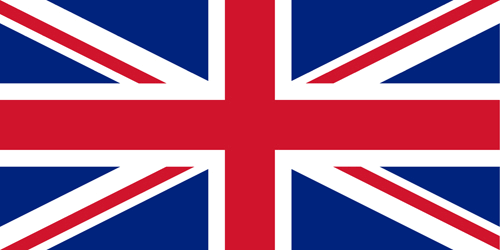 EN
EN 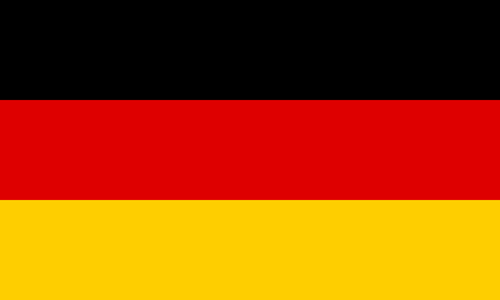 DE
DE 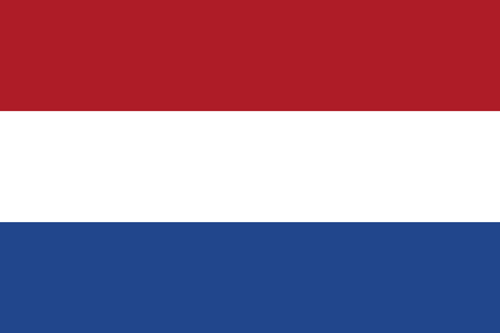 NL
NL  TR
TR 

